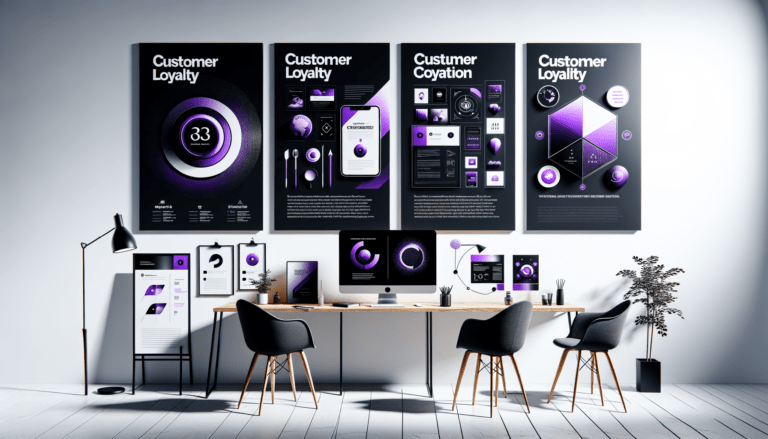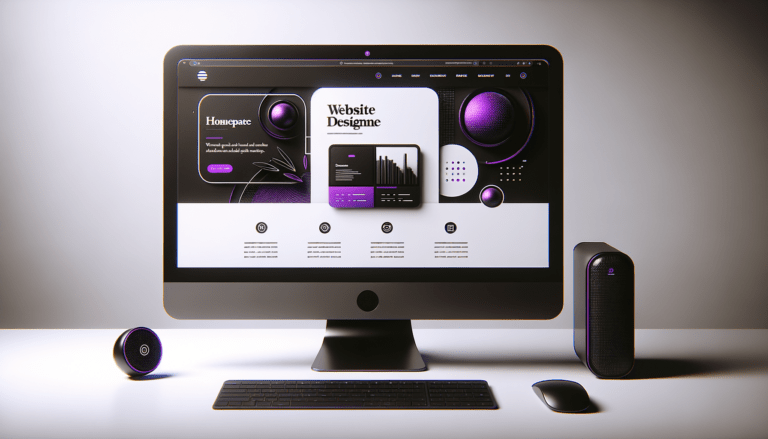
Table of Contents
In today’s digital age, having a strong online presence is essential for businesses looking to succeed.
Your website is often the first point of contact potential customers have with your brand, and as such, it’s critical that it leaves a positive first impression.
But did you know that website speed is one of the most important factors affecting user experience and, ultimately, your bottom line? In this section, we’ll take a closer look at why website speed is so crucial for your business’s success.

Understanding website speed and its impact on user experience
Before we dive into the specifics of why website speed is so important, let’s take a moment to define what we mean by “website speed.” In its simplest terms, website speed refers to how quickly a website loads when a user clicks on a link or enters a URL. This can be impacted by a variety of factors, including the size of the website, the number of images or videos it contains, and the server it’s hosted on.
So, why does website speed matter so much? Well, for starters, it has a direct impact on user experience. Studies show that users are more likely to abandon a website that takes longer than a few seconds to load, with each additional second of load time resulting in a 7% decrease in conversions. In other words, a slow website can directly impact your ability to generate leads, make sales, and grow your business.

The consequences of a slow website for businesses
The consequences of a slow website can be far-reaching and significant. In addition to the impact on user experience and conversions we just discussed, a slow website can also harm your search engine rankings. Search engines like Google use website speed as a ranking factor, meaning that slow websites are less likely to show up at the top of search results pages.
A slow website can also harm your brand’s reputation. If users have a negative experience on your website, they’re less likely to recommend it to others or return themselves. This can lead to a decrease in traffic and a corresponding decrease in revenue.
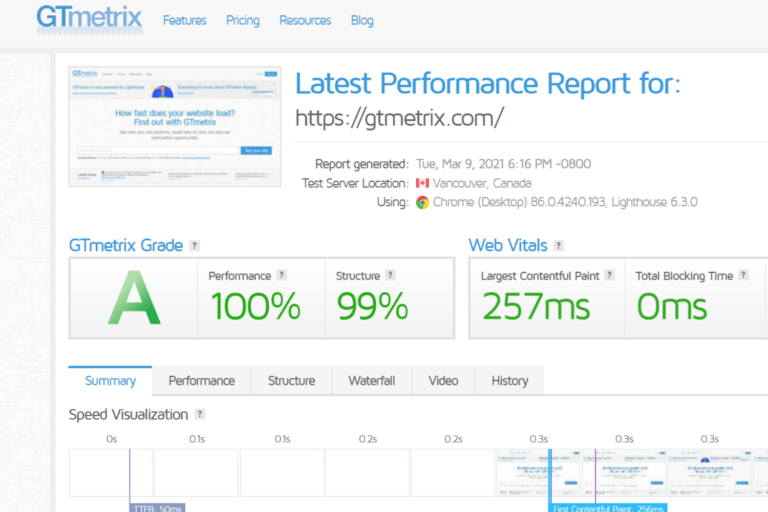
How to measure your website's speed and identify areas for improvement
So, how can you tell if your website is too slow? Luckily, there are a variety of tools available to help you measure your website’s speed and identify areas for improvement.
One of the most popular is Google’s PageSpeed Insights, which provides a detailed analysis of your website’s speed and offers suggestions for improvement.
Other tools you might consider include:
These tools provide similar analyses and can help you identify specific areas of your website that may be slowing it down.
Once you’ve identified areas for improvement, you can take steps to optimize your website’s speed and improve user experience.
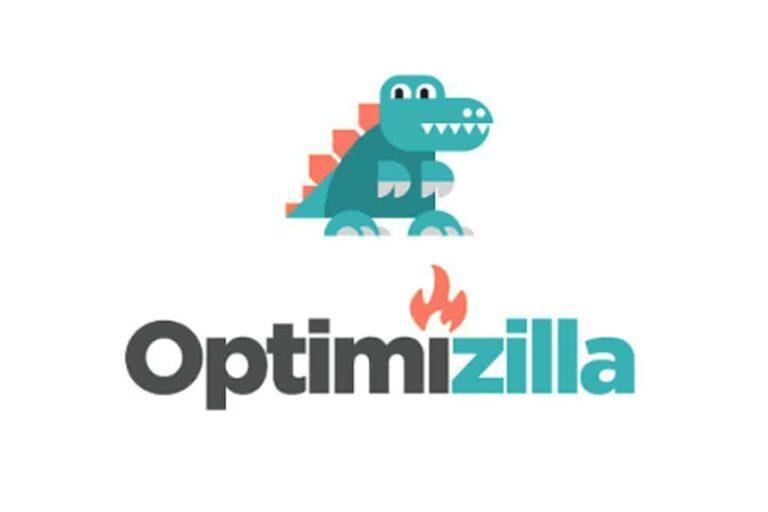
Strategies to optimize your website's speed, including image optimization and caching
There are a variety of strategies you can use to optimize your website’s speed and improve user experience. One of the most effective is image optimization. Images are often the largest files on a website, and they can significantly slow down load times if they’re not optimized for the web.
To optimize your images, you can use tools like Adobe Photoshop or GIMP to reduce their file size without sacrificing quality. You can also use website like optimizilla to automatically compress your images as you upload them to your website.
Another strategy to consider is caching. Caching is the process of temporarily storing frequently accessed data (such as images or HTML files) on a user’s device or a server closer to them. By doing this, you can reduce the amount of time it takes for your website to load, since the user doesn’t have to wait for all of the data to be retrieved from the server each time they access your site.
Tools like WP Super Cache, W3 Total Cache or our favorite WP Optimize make it easy to set up caching on your website and can significantly improve load times.

Going Mobile: How Optimizing Your Website for Mobile Devices Can Boost Your Business
In addition to website speed, mobile-friendliness is another critical factor in today’s digital landscape. With more than half of all internet traffic now coming from mobile devices, it’s essential that your website is optimized for these devices to provide a positive user experience. In this section, we’ll explore why mobile-friendliness is so important and how you can optimize your website for mobile devices.
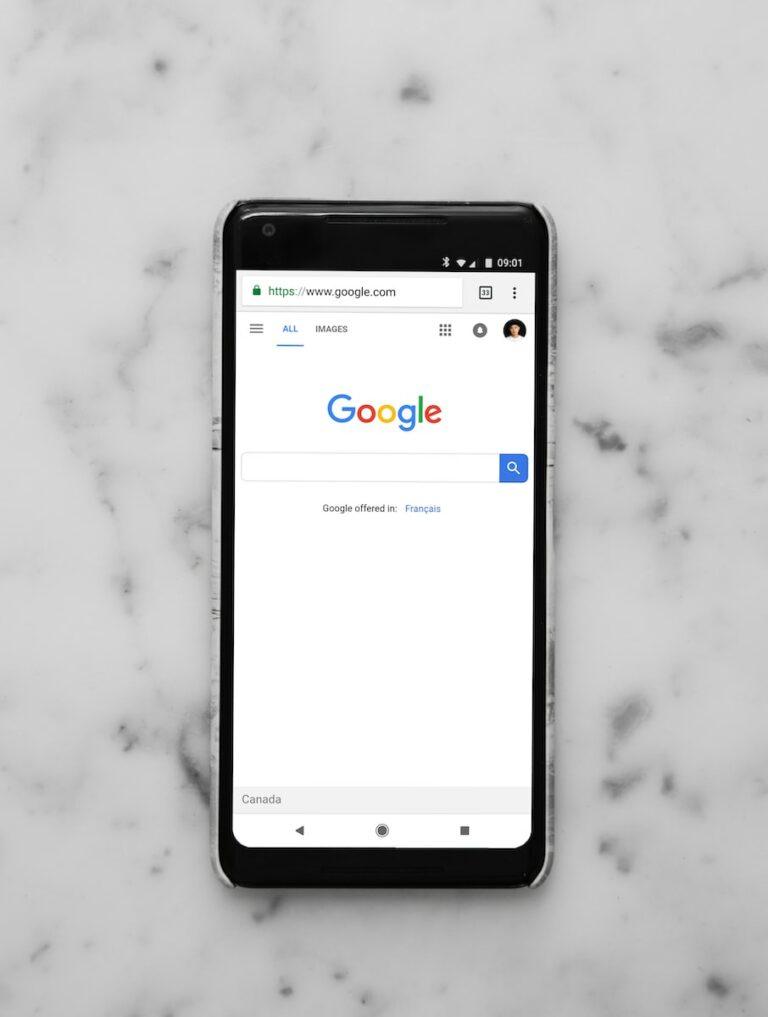
The growing importance of mobile-friendliness and responsive design
As we just mentioned, mobile devices now account for more than half of all internet traffic. This means that if your website isn’t optimized for mobile devices, you’re potentially missing out on a significant amount of traffic and revenue.
But what does it mean to be “optimized for mobile devices?” Essentially, it means that your website is designed to look and function well on smaller screens, with touch-based navigation and appropriately sized text and images.
One of the most popular ways to achieve mobile-friendliness is through responsive design. Responsive design is a technique that allows a website to adapt its layout and content based on the size of the screen it’s being viewed on. This means that whether a user is accessing your website on a desktop, tablet, or smartphone, they’ll be able to easily navigate and interact with your site.

The negative effects of a non-mobile-friendly website on user experience and search engine optimization
So, what happens if your website isn’t optimized for mobile devices? Well, for starters, user experience will suffer. If users have to pinch and zoom to read text or struggle to navigate your site on their mobile device, they’re more likely to abandon it and look for a competitor’s site that’s easier to use.
Additionally, search engine optimization (SEO) can be negatively impacted by a non-mobile-friendly website. Google and other search engines prioritize mobile-friendliness in their rankings, meaning that websites that aren’t optimized for mobile devices are less likely to show up at the top of search results pages.

How to make your website mobile-friendly, including the use of responsive design and mobile-friendly plugins
So, how can you make your website mobile-friendly? As we mentioned earlier, one of the most popular ways is through responsive design. If your website is built on a content management system (CMS) like WordPress, you can use a responsive theme to ensure that your site looks good on any device.
We love Elementor as not only can you build your own theme, but you can customize the layout and design for Desktop, Tablet and mobile on a granular level.
Regardless of which method you choose, it’s essential that you prioritize mobile-friendliness when designing and maintaining your website.

The benefits of having a fast and mobile-friendly website for your business, including increased traffic, engagement, and sales
So, we’ve talked a lot about why website speed and mobile-friendliness are important, but what are the actual benefits of optimizing your website in these ways?
Well, for starters, a fast and mobile-friendly website can help increase traffic to your site. When users have a positive experience on your website, they’re more likely to share it with others and return themselves. This can lead to increased word-of-mouth advertising and a corresponding increase in traffic.
Additionally, a fast and mobile-friendly website can increase engagement and ultimately lead to more sales. When users can easily navigate and interact with your site, they’re more likely to spend time there and explore your products or services. This can lead to increased conversions and revenue for your business.
Digital First Impression: Why Your Website's Speed and Mobile-friendliness Can Make or Break Your Business
In conclusion, it’s clear that website speed and mobile-friendliness are critical factors in today’s digital landscape.
With more and more users accessing the internet from mobile devices and with attention spans shorter than ever, it’s essential that your website provides a positive digital first impression.
By prioritizing website speed and mobile-friendliness, you can increase traffic, engagement, and ultimately, revenue for your business. So, take the time to measure your website’s speed, identify areas for improvement, and optimize for mobile devices. Your bottom line will thank you.
Ready to take your Website to the next level?
Subscribe for more Useful Content
This publication contains general information only and Dream Engine is not, by means of this publication, rendering accounting, business, financial, investment, legal, tax, or any other professional advice or services. This publication is not a substitute for such professional advice or services, nor should you use it as a basis for any decision, action or omission that may affect you or your business. Before making any decision, taking any action or omitting an action that may affect you or your business, you should consult a qualified professional advisor. You acknowledge that Dream Enigne shall not be responsible for any loss sustained by you or any person who relies on this publication.


